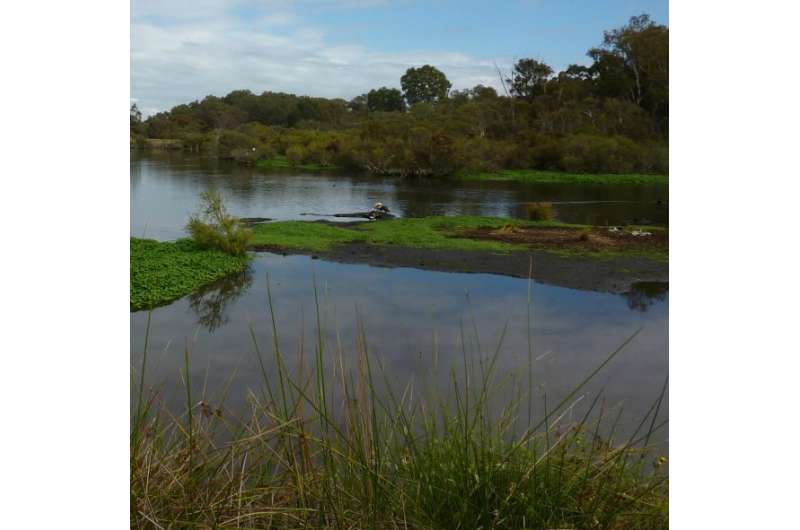Leaf 'bait' uncovers dieback crossbreeds

Murdoch University scientists have discovered the first known natural occurrence of hybrids of the plant pathogen Phytophthora, commonly known as the dieback, which has ravaged south-west bushland and forests.
But the Centre of Phytophthora Science and Management (CPSM) research also shows that Phytophthora is not always the 'baddy' of the plant world that it is perceived to be.
Murdoch University Associate Professor Treena Burgess says Phytophthora species naturally occur in many areas throughout WA, and not all become damaging pathogens.
She says Phytophthora species tend to become more pathogenic the more they hybridise.
But she says the newly discovered natural hybrids come from relatively low-pathogenic parent species and therefore do not pose a big risk to native vegetation in the short-term.
She cites example of naturally occurring endemic species of Phytophthora in the northern sandplains which are believed to survive on plant roots with little impact.
However, if a seedling from its host plant sprouts nearby, the Phytophthora will kill it, thus ensuring wider spread growth for the host species.
"Everything that's naturally occurring is here for a reason," she says.
"Everything is interconnected—we just don't see what's going on underneath the earth."
Before this discovery Phytophthora hybrids had only been known from mixing in nurseries, rather than from the natural environment.

Dr Burgess says the discovery poses the question as to why the naturally occurring hybrids have not merged.
"Normally if you have hybrids you'd eventually find that you'd lose species as everything would merge," Dr Burgess says.
"This raises the questions—were these naturally found together, or were individual species from different catchment areas in WA bought together by human activities and they may merge in the future?"
CPSM researcher Dr Damiel Hüberli uncovered the naturally occurring hybrids by 'fishing' for the pathogen in south-west waterways.
Co-workers put leaves into mesh bags in the waterways to 'bait' the water-borne organism and sent the bags via overnight post for analysis.
He then put the leaves into a jelly-like substance in a petri dish, to discover the organism type.
Molecular analysis then revealed these isolates to be hybrids.
Dr Burgess says the study is a one part of continued research to better understanding Phythothora and its impact on native plants.
"Of all the Phytophthora species described, most have been studied because of their pathogenic tendencies," she says
"Very little is known about the non-pathogenic species."
More information: "Molecular Characterization of Natural Hybrids Formed between Five Related Indigenous Clade 6 Phytophthora Species." PLoS ONE 10(8): e0134225. DOI: 10.1371/journal.pone.0134225
Journal information: PLoS ONE
Provided by Science Network WA
This article first appeared on ScienceNetwork Western Australia a science news website based at Scitech.




















